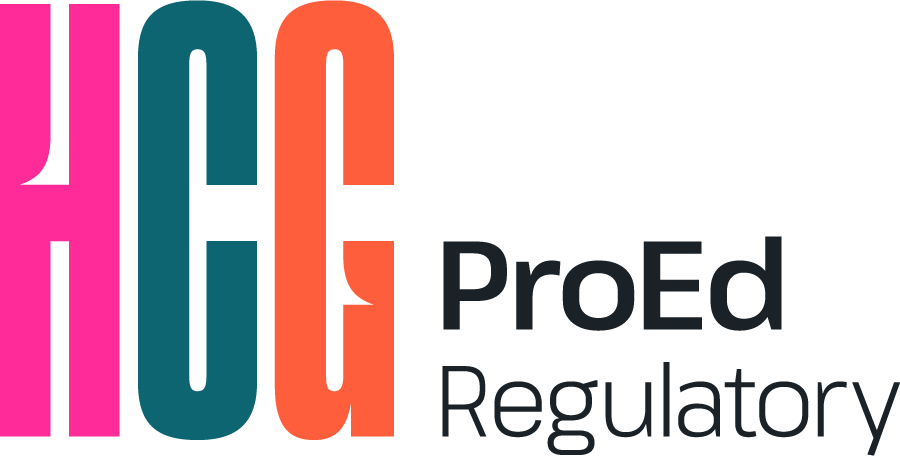FDA Convenes Experts to Address Knowledge Gaps in Noninvasive Testing for NASH
“Silent killer” is an apt description for a potentially fatal disease that progresses slowly, without any obvious symptoms in the early stages. When you couple this insidious type of pathology with a rapidly increasing prevalence, the disease is often described in terms akin to an epidemic. Nonalcoholic steatohepatitis (NASH)—a disease characterized by fat accumulation in the…
